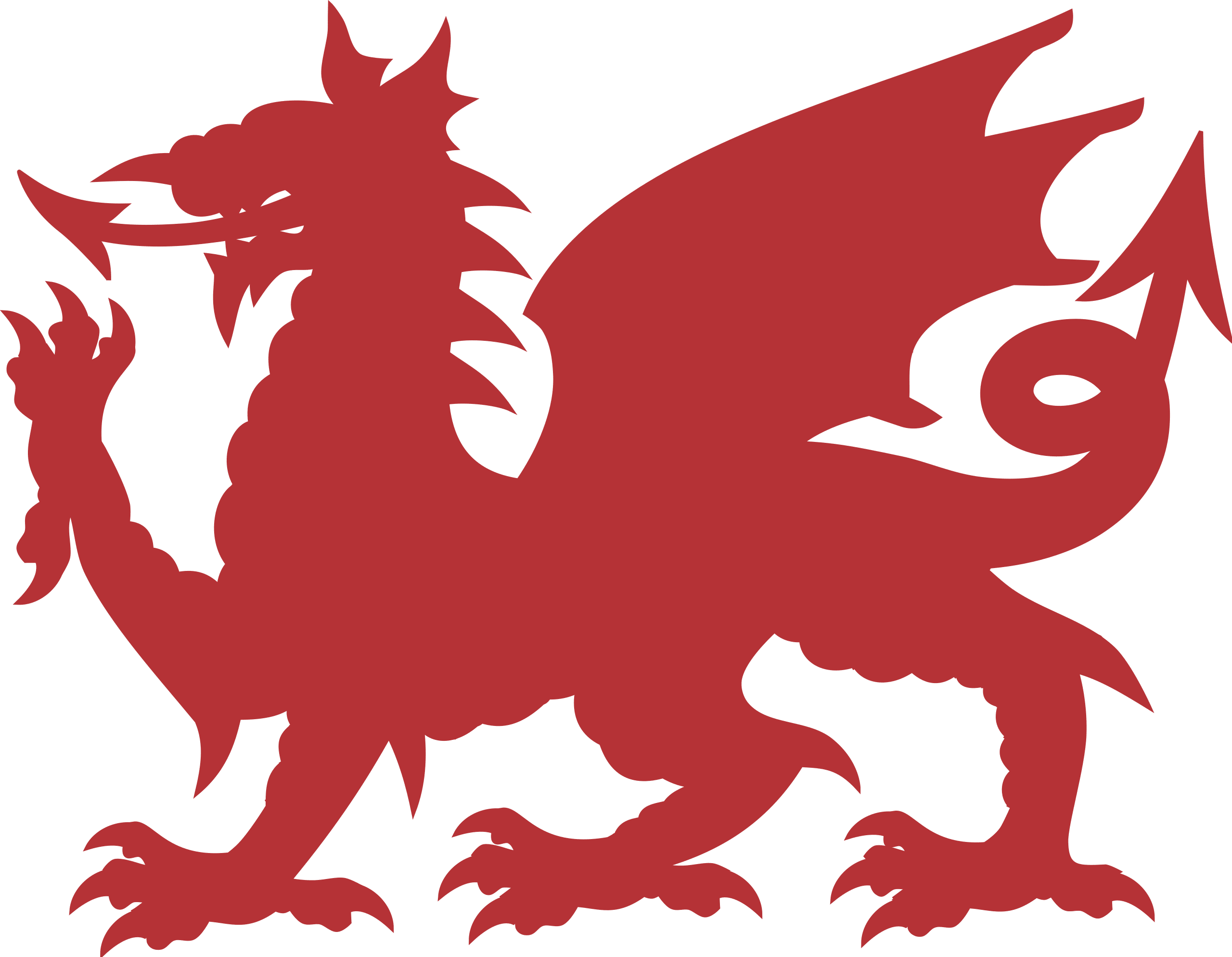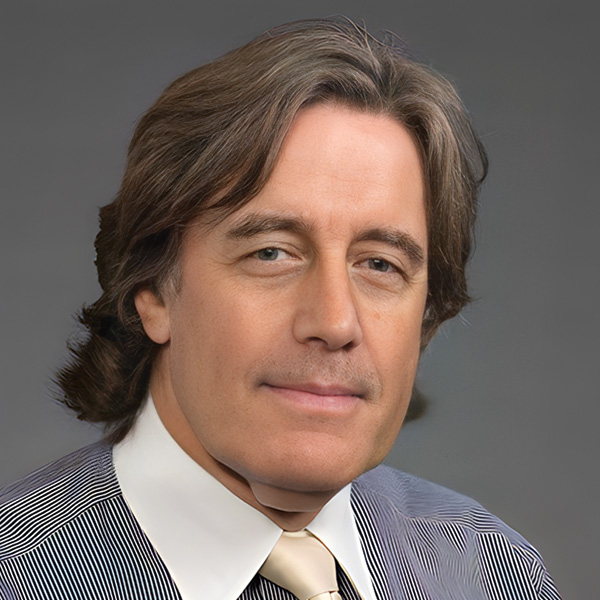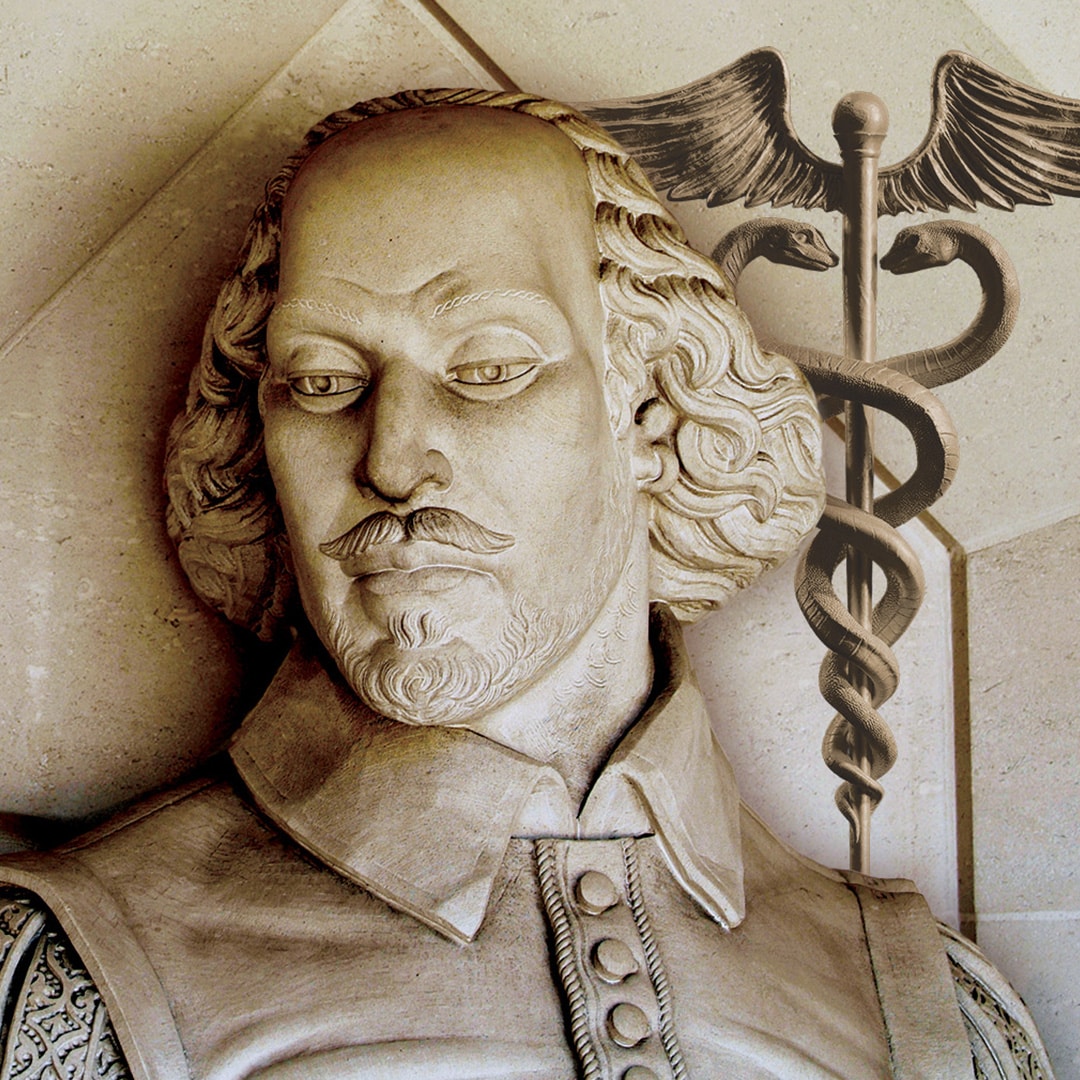Poliomyelitis, the viral
Infection of spinal cord gray matter
Known for centuries, but became feral
Children paralyzed, the tell-tale clatter
Of the iron lung forcing their tired breath
No other solution, no remedy
Vaccines needed, immunity not death
Salk to the rescue, his vaccine ready
Announced by radio, Americans
Wait for the wonder inoculation
Kids are safe again, needles as weapons
Fighting polio, to their elation
Salk gave his invention to the whole world
No patent, his freedom banner unfurled
Backstory
Poliomyelitis, usually referred to simply as polio, has probably affected humans for thousands of years, but was relatively uncommon until the late nineteenth century. However, it reached epidemic status in the early twentieth century and was particularly prevalent in countries with a high standard of living and in people of generally good health. By the 1950s, prevalence in the USA was around 60,000 new cases per year. Most of these were children; although around 5% of these died from the disease, the majority were paralyzed to some extent, without any really effective therapy.
Dr. Jonas Salk had become head of a research laboratory at the University of Pittsburgh, USA, and started work on the development of a vaccine for polio. His method involved killing several strains of the polio virus and injecting the now-benign viruses into the bloodstream of healthy volunteers. The immune system of such individuals would produce antibodies that should be effective in resisting future exposure to the polio virus. By 1953, after trials involving former polio patients and members of his own family, he was ready to announce that a vaccine had been developed. He made this announcement on CBS national radio and published the work in the Journal of the American Medical Association. The widespread use of the vaccine was delayed because a defective vaccine was produced by one supplier that resulted in widespread problems and several deaths in the USA, but a successful country-wide inoculation campaign soon had remarkable results, with a massive drop in the number of reported cases. On being asked who owned the vaccine patent, Salk said “ Well, the people, I would say – there is no patent. Could you patent the sun?”


